Do you have trouble locating veins in obese patients? You’re not alone. Many clinicians find it difficult to isolate veins in people who are overweight or obese.
But with the help of a vein finder, you can locate those tricky veins in no time. In this blog post, we’ll teach you how to use a vein finder on an obese person. Stay tuned!
Body Fat and Its Impact on Veins
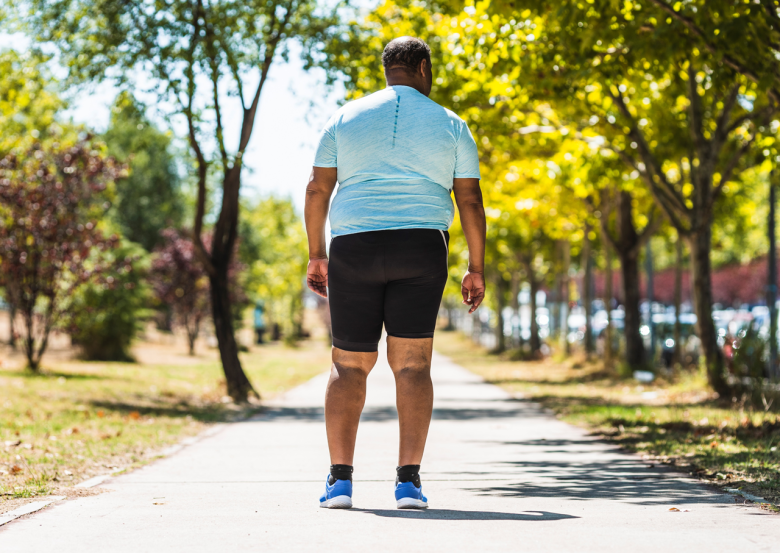
Source: avisvascularcentre.com
As we all know, obesity has become a global epidemic. According to the World Health Organization, obesity has nearly tripled since 1975. In 2016, more than 1.9 billion adults aged 18 years and older were overweight. Of these, over 650 million were obese. And these numbers continue to rise.
With the increase in obesity comes an increase in the number of obese patients seeking medical care. And one of the challenges that healthcare providers face when treating obese patients is finding their veins.
Veins are more difficult to find in obese patients for a number of reasons.
- First, excess body fat leads to an increase in subcutaneous fat tissue.
- This means that there is more tissue for the veins to travel through, making them more difficult to palpate. In addition, obese patients often have thicker skin, which can also make it more difficult to feel the veins.
- Another factor that contributes to difficulty in finding veins is edema or fluid retention. Edema can cause the veins to swell and become engorged, making them more difficult to palpate.
How Does Obesity Affect Vein Location?
The location of veins can also be affected by obesity. As we mentioned, excess body fat leads to an increase in subcutaneous fat tissue.
This can cause the veins to shift position and become less visible. In addition, obese patients often have larger abdominal girths, which can make it more difficult to see the veins in the arms and legs.
Using a Vein Finder to Locate Veins in Obesity
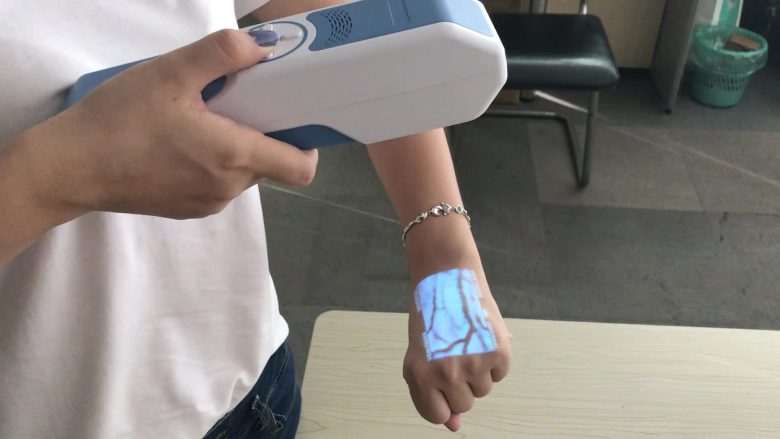
Source: importanceoftechnology.net
So, what can you do if you’re faced with the challenge of finding veins in an obese patient?
One option is to use a vein finder. A vein finder is a handheld device that uses infrared light to help locate veins. The infrared light is absorbed by the hemoglobin in the blood, which makes the veins more visible.
Vein finders are safe and easy to use and can be a helpful tool in locating veins in obese patients.
If you’re considering using a vein finder, there are a few things to keep in mind. First, not all vein finders are created equal. There are a variety of different brands and models on the market, and it’s important to choose one that is well-made and reliable. We recommend the AimVein vein finding device as it is a high-quality, reliable device that is FDA approved.
In addition, it’s important to keep in mind that a vein finder is not a replacement for proper patient preparation. It’s still important to follow the usual protocols for prepping the patient and ensuring that the area to be punctured is clean and free of debris.
So, how do you locate veins in obese patients using a vein finder? Here’s the complete guide:
1. Choose the right vein finder:
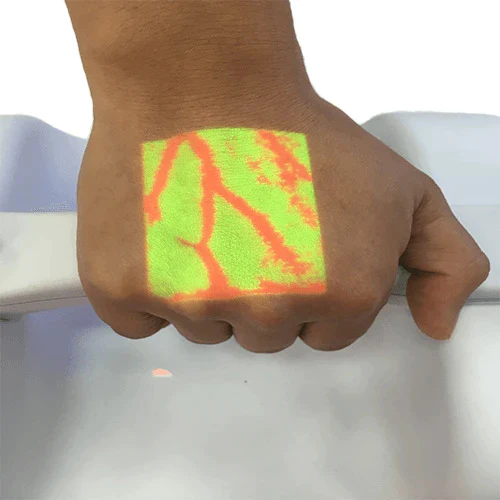
Source: aimvein.com
As we mentioned, there are a variety of different brands and models on the market. So, you must make sure you select a high-quality, reliable device. We recommend the vein finding Device as it is FDA approved and backed by a satisfaction guarantee.
2. Prepare the patient according to usual protocols:
Once you’ve selected the right vein finder, it’s time to prep the patient. This includes cleaning the area to be punctured and making sure the patient is relaxed.
3. Apply the vein finder:
To use the vein finding device, simply apply it to the area of the body where you want to find veins. The device will emit a soft, red light that will make the veins more visible.
4. Puncture the vein:
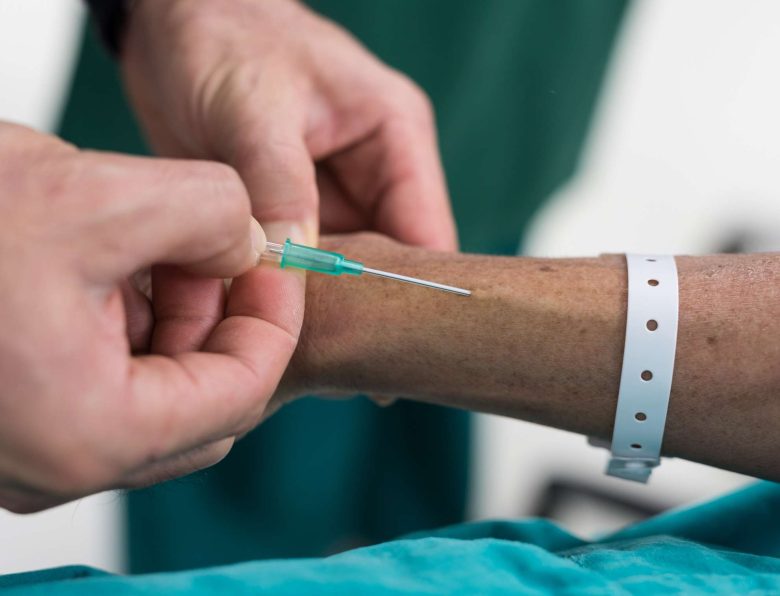
Source: verywellhealth.com
Once you’ve located the vein, you can then proceed with puncturing it and drawing blood.
5. Remove the vein finder:
After you’ve drawn the blood, simply remove the vein finding device and clean it off according to usual protocols.
By following these steps, you can easily locate veins in obese patients using a vein finder.
Tips for Finding Veins in Obesity
In addition to using a vein finder, there are a few other tips that can help you locate veins in obese patients.
One tip is to use gravity to your advantage. When you’re trying to locate veins, position the patient so that gravity is working in your favor. For example, if you’re trying to find veins in the arm, have the patient raise their arm above their head. This will help the veins to become more visible and easier to palpate.
Another tip is to use heat to your advantage. Applying a heating pad or warm compress to the area where you’re trying to find veins can help dilate the vessels and make them more visible.
Finally, don’t be afraid to ask for help. If you’re having trouble locating veins, don’t hesitate to ask a colleague for assistance. Two sets of eyes are always better than one.
Common Venipuncture Sites in Obesity
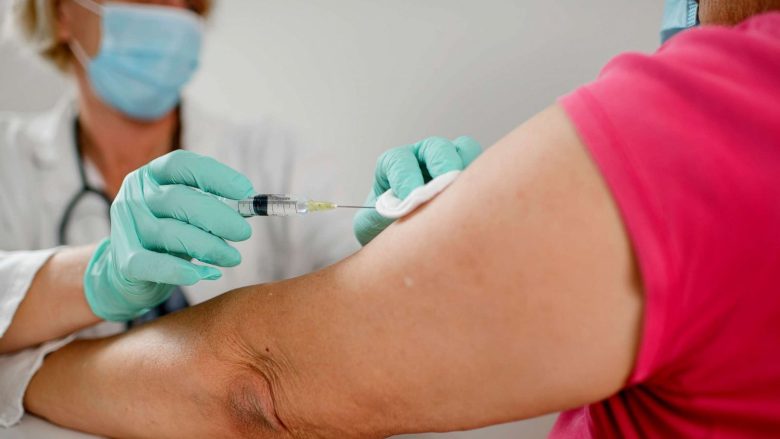
Source: abcnews.com
When you’re trying to locate veins in obese patients, there are a few particular sites that are often used.
- One common site is the antecubital fossa, which is the area on the inside of the elbow. The veins in this area are large and visible, making them easy to puncture.
- Another common site in the back of the hand. The veins in this area are also relatively large and visible, making them easy to puncture.
- Finally, the veins in the feet are often used for venipuncture in obese patients. This is because the veins in the feet are larger and more visible than the veins in other parts of the body.
Conclusion
So, there you have it. We’ve shown you how to locate veins in an obese person using a vein finder and we hope that this information will be of use to you in your work.
Remember that the key is to be as gentle as possible when attempting to find veins in an obese person and to take your time. With a little practice, you should be able to find the right vein quickly and easily. Thanks for reading!

